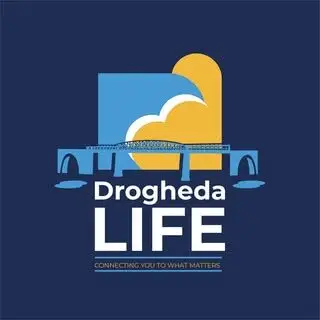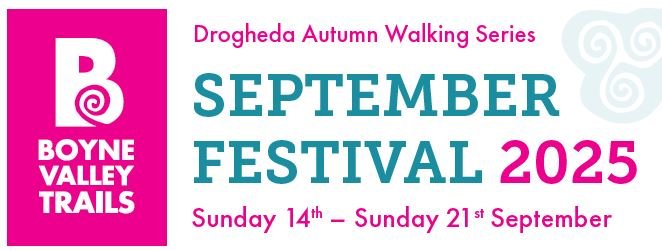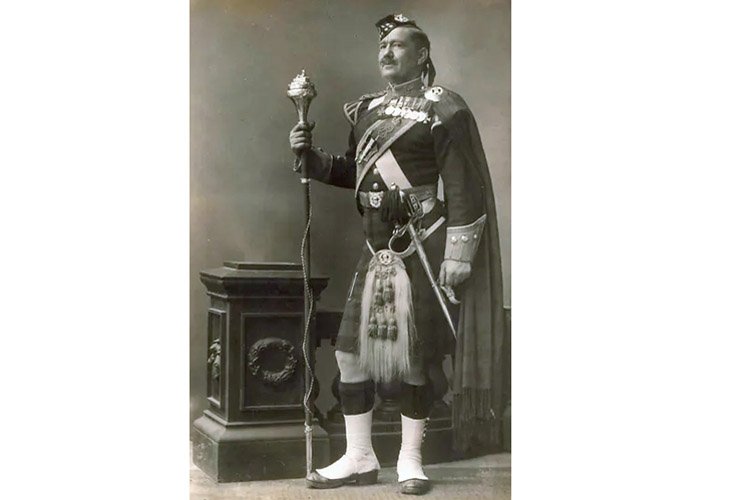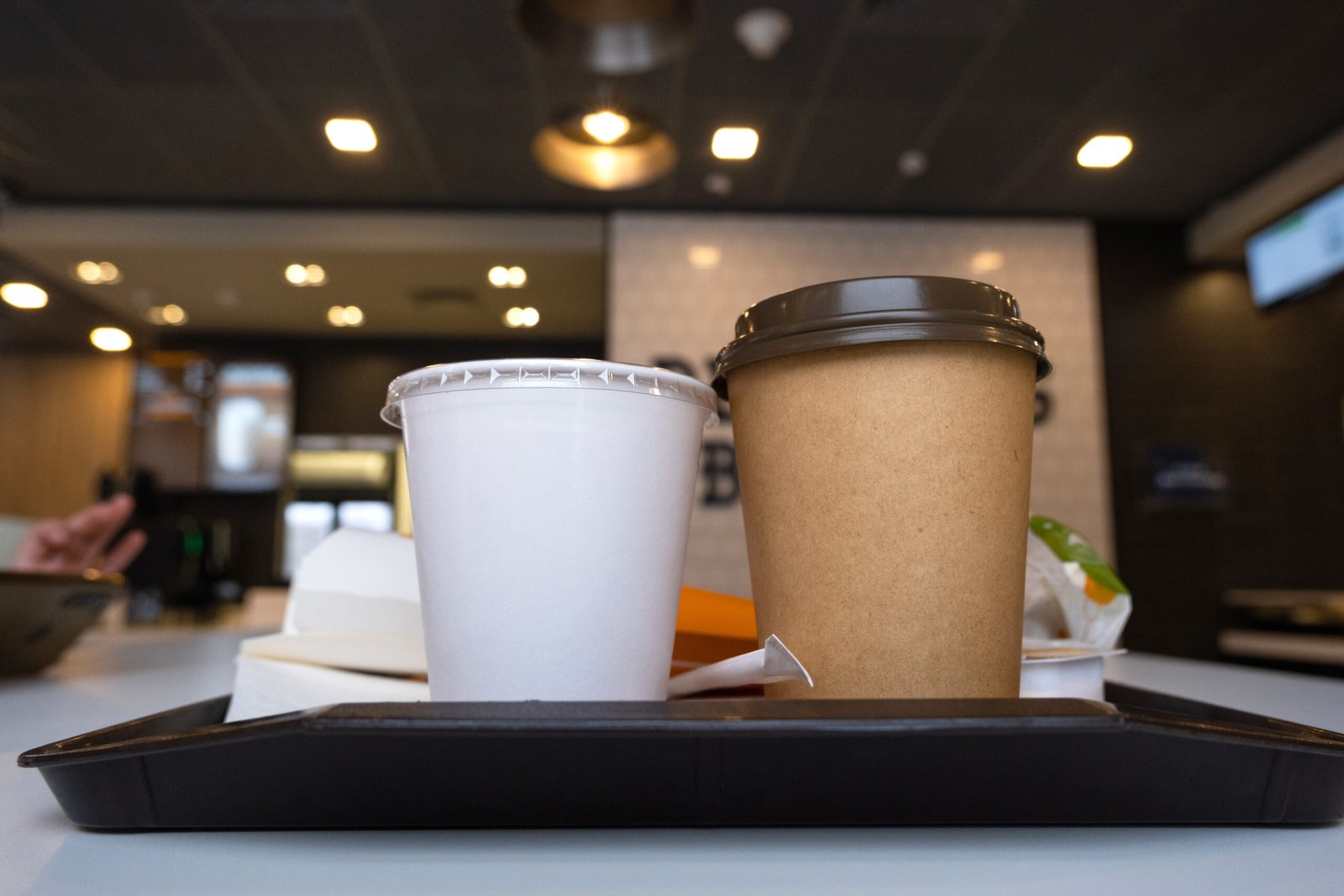By Sean Collins
Tomorrow, Saturday 9th November, Mayor of Drogheda Cllr. Paddy McQuillan will host the Annual Remembrance Service at the Cenotaph at the bottom of Mary St. at 11 am, in memory of those of Drogheda and district who lost their lives in the Great War 1914 – 18.
Upwards on 400 names are listed, and 99 years ago at the unveiling of the monument in 1925, 400 wreaths were laid so that all casualties would be recalled.
The vast majority of the dead were aged between 17 and 22 years. A huge loss of the young Drogheda men of that generation. Reading the names on the Cenotaph, the families mentioned have many relatives in the town today.
Francis Ledwidge, the WW1 poet from Slane, and Frank Smith from the Dale, a great-uncle of Cllr. Pio Smith who was from the nearby Dale and was awarded the Military Medal in 1916 for bravery, and Samuel Emerson V.C of Collon to name but three.
Without doubt our most famous World War 1 soldier was Drummer William Kenny V.C. of the Gordon Highlanders who was awarded his honours for bravery in the early months of the war. His citation reads;
“For conspicuous bravery on 23rd October, near Ypres, in rescuing wounded men on five occasions under heavy fire in the most fearless manner, and for twice previously saving machine guns by carrying them out of action.
On numerous occasions Drummer Kenny conveyed urgent messages under very dangerous circumstances over fire-swept ground.”
Musing recently one nationally known journalist wondered whereabouts in Drogheda Kenny was from. In 1983 Local historian Jim Garry said Kenny was born in Malta but most references to William Kenny on history websites give his birthplace as Drogheda.

So, to add to the conundrum I believe Kenny was born in Aldershot in England where his Father Patrick , also a career soldier was based in August 1880 when the young William was born.
Patrick Kenny was born in Baltinglass Co. Wicklow. At 18 years of age, in 1866 he enlisted in the 75th Regiment of Foot, and saw service in India, Egypt, and other foreign postings. In 1875 a detachment of the 75th Regiment was posted to Millmount in Drogheda.
While in Drogheda, Patrick Kenny met and married Annie Dulaghan from Duleek Street. They were married in St. Mary’s Catholic Church in James Street in 1876. The family moved with the regiment and in 1880 when William Kenny was born, they were based in Aldershot.
Before moving to Malta in 1882, and returning to Aberdeen in Scotland, where they resided until Patrick Kenny was demobbed in 1889. The Kenny family are listed in the 1901 Census as living in Priest Lane in Drogheda.

By the 1911 Census they had moved to Newtownstalaban and, in 1915 when William was awarded the Victoria Cross, his parents were living at No.1 Greenhills. Patrick and Annie Kenny lived at Greenhills until their deaths, Patrick in 1920 and Annie in 1936.
William Kenny never returned to Drogheda. He left the army in 1919. Along with his Victoria Cross he was awarded fifteen other military awards in a career that spanned 20 years. He worked with Corps of Commissionaires until his death at 55 years of age. A rare glimpse of his life was recorded by Fred Feest of Worthing who recalled:
“During the first half of the 20th century, almost every VIP who visited Worthing stayed or dined at the prestigious seafront Warnes Hotel. They included Winston Churchill, Emperor Haile Selassi of Ethiopia and his family, Field Marshal Lord Montgomery, General (later, President) Eisenhower, King Edward VII, King George V, John Philip Sousa, the famous American bandmaster and composer of The Stars and Stripes, and more film stars than I care to mention.
Everything about the Warnes Hotel had a cachet that was difficult for competing local hoteliers to rival. And, in the early 1930s, they even had as a commissionaire someone who was a legendary recipient of the Victoria Cross.

Meeting and greeting the good and the great at the front door of the hotel – and opening the doors of their limousines – was former army sergeant William Kenny, VC. In 1933, when Prince George stayed at the Warnes, he stopped and had a long chat with Kenny, delaying the booking-in of his tired entourage for several minutes. Kenny was a great character.
He even had the distinction of living to read a report of his own death – the premature report being printed in an Irish newspaper during 1917.
Besides the ultimate ribbon commemorating his bravery, commissionaire Kenny also proudly wore four other medal ribbons on his Warnes Hotel commissionaire’s uniform, having been awarded two decorations by South Africa, the Delhi Durbar medal for his service in India and the Order of St George (second-class) by Russia.
“And that,” his employer, George Warne, was quoted as saying, “was the only second-class thing we ever knew about William Kenny.”
In 1936, when he was living at the Corps Barracks in Hammersmith, Kenny was suddenly taken ill and taken to Charing Cross Hospital where he died at the age of 55.
On 20 March 1999 the grave of William Kenny received a new headstone in the Corps of Commissionaires plot. Arranged by the London branch of the Gordon Highlanders Regimental Association.
Although Kenny was buried in 1936, the original marker (probably of wood) was lost and until this stone memorial was erected, Kenny was not otherwise commemorated. In 2018 a memorial paving stone in the name of Drummer William Kenny V.C. was unveiled in Glasnevin Cemetery in Dublin.
Many of William Kenny’s descendants, Murrays, O’Briens and Dullaghans live in Drogheda. I am particularly grateful to the Carolan family of Ballsgrove for access to their family papers.





